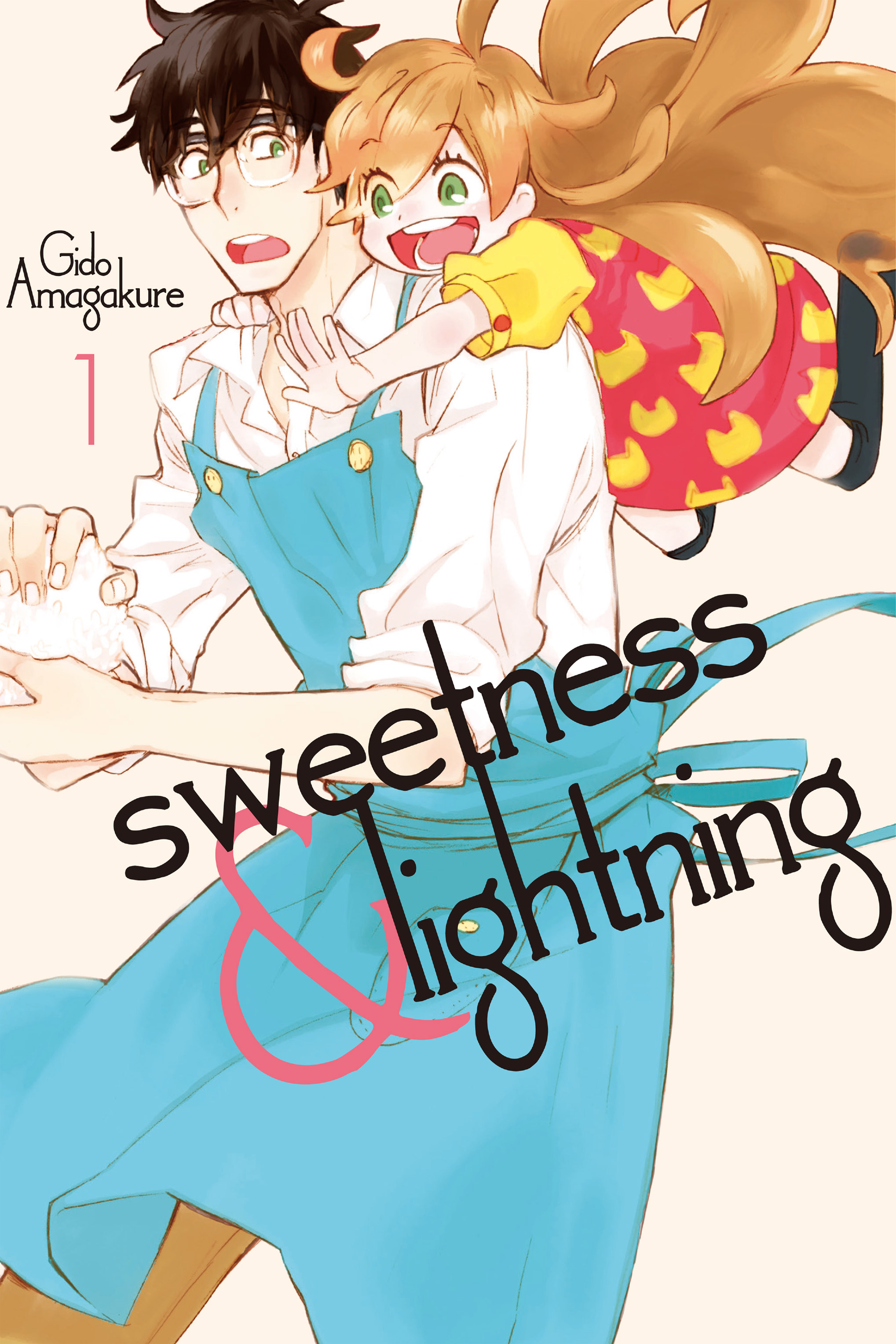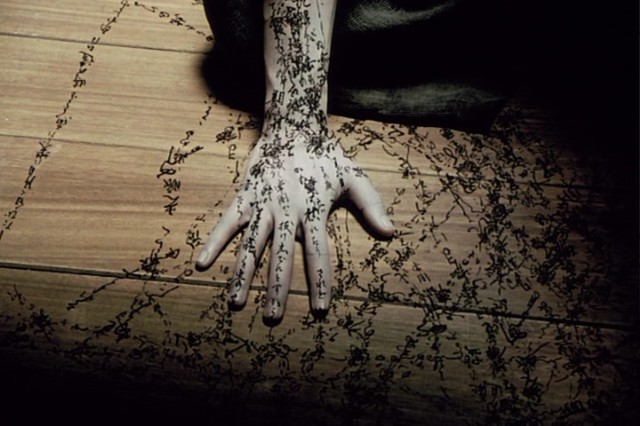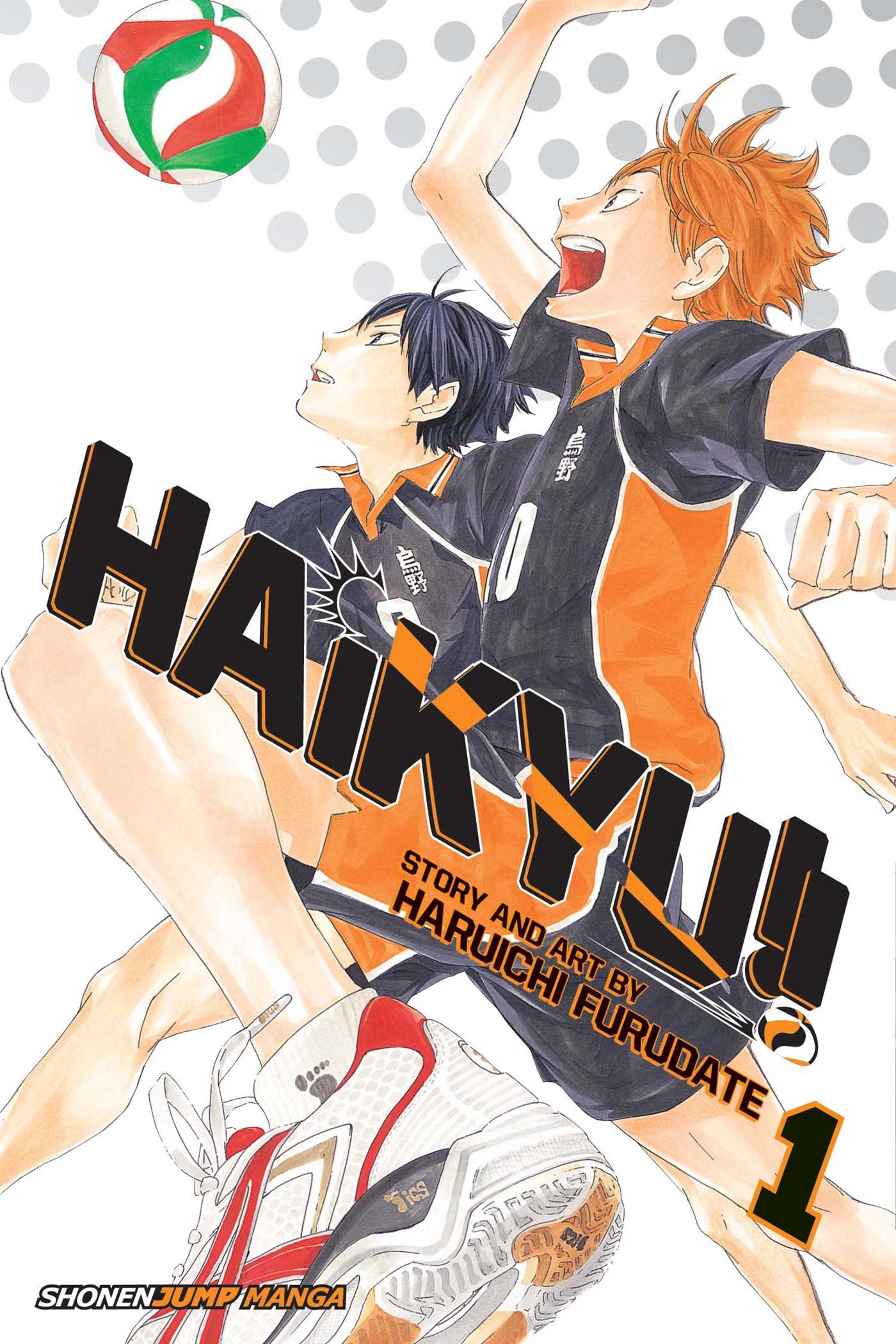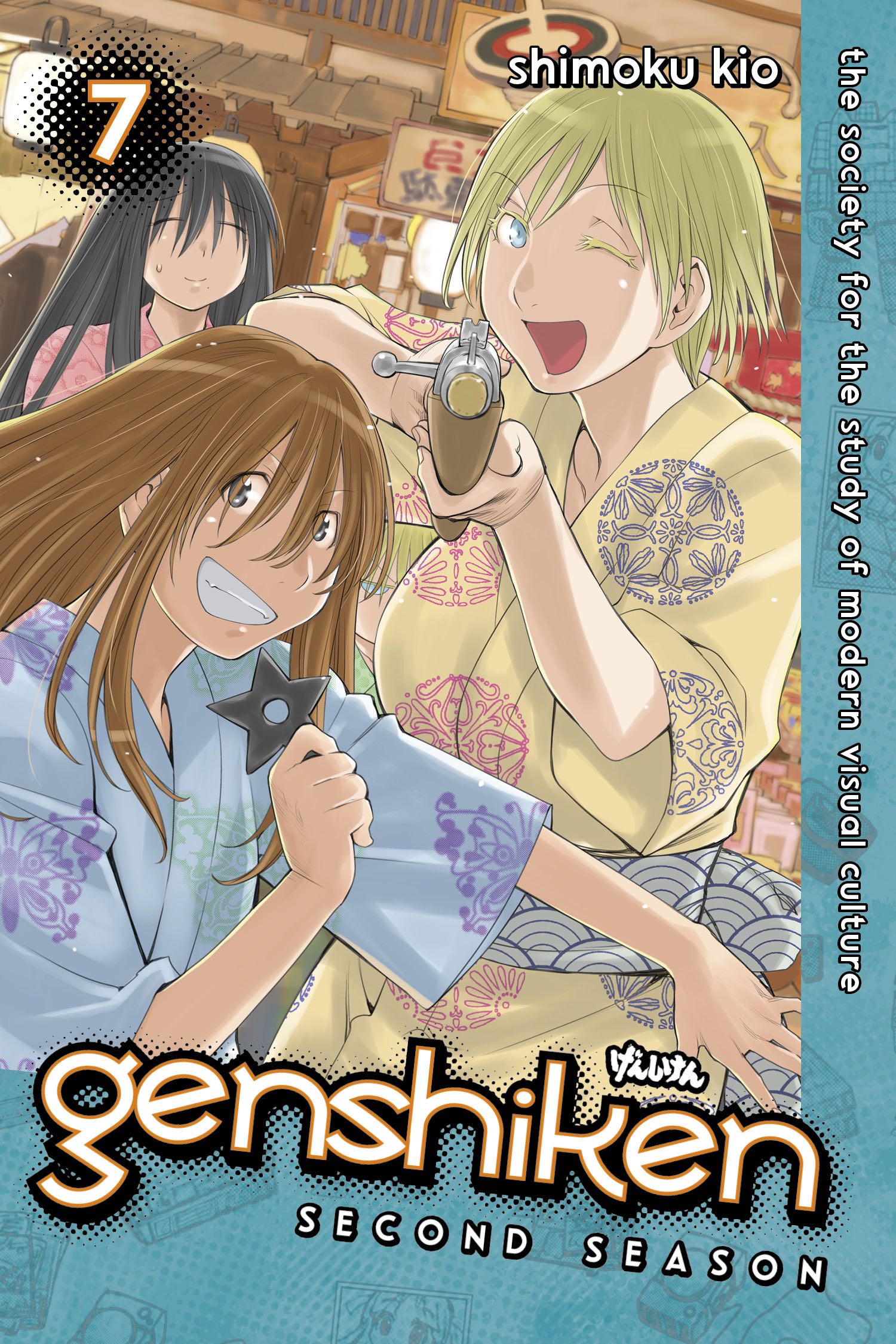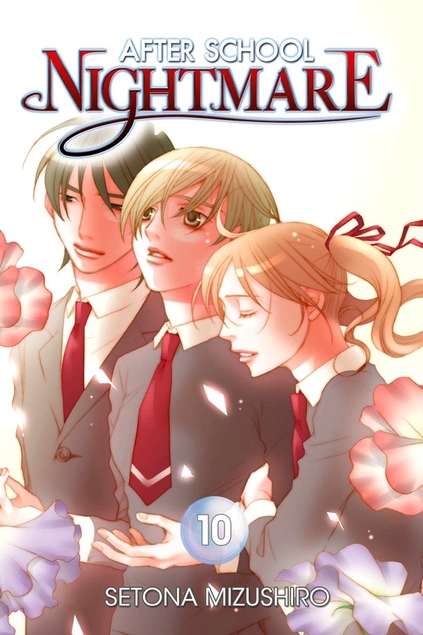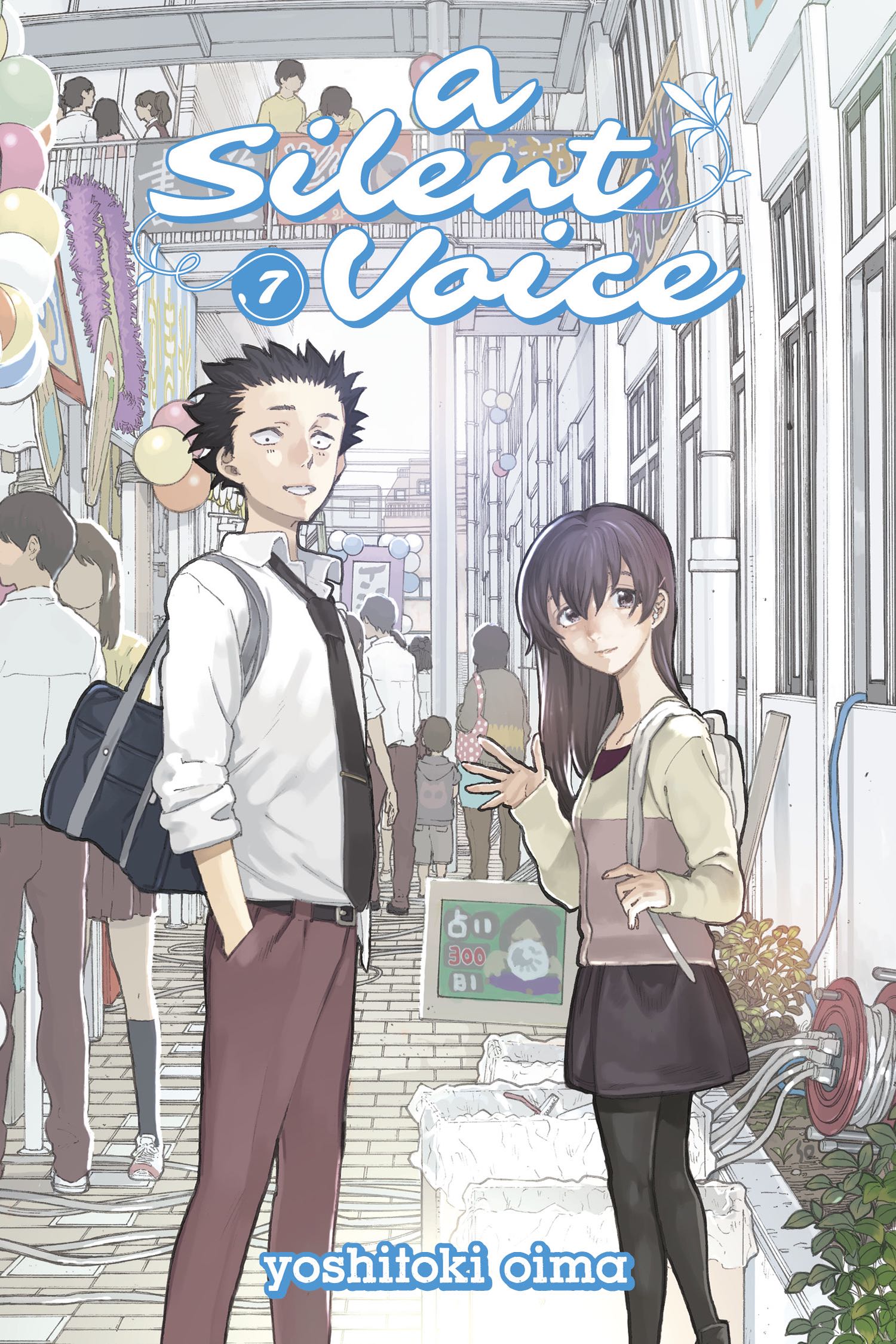My News and Reviews Two posts went up at Experiments in Manga last week in addition to the usual My Week in Manga feature. The first was the Bookshelf Overload for July in which I talk a little about …
Continue Reading about My Week in Manga: August 8-August 14, 2016 →
